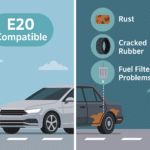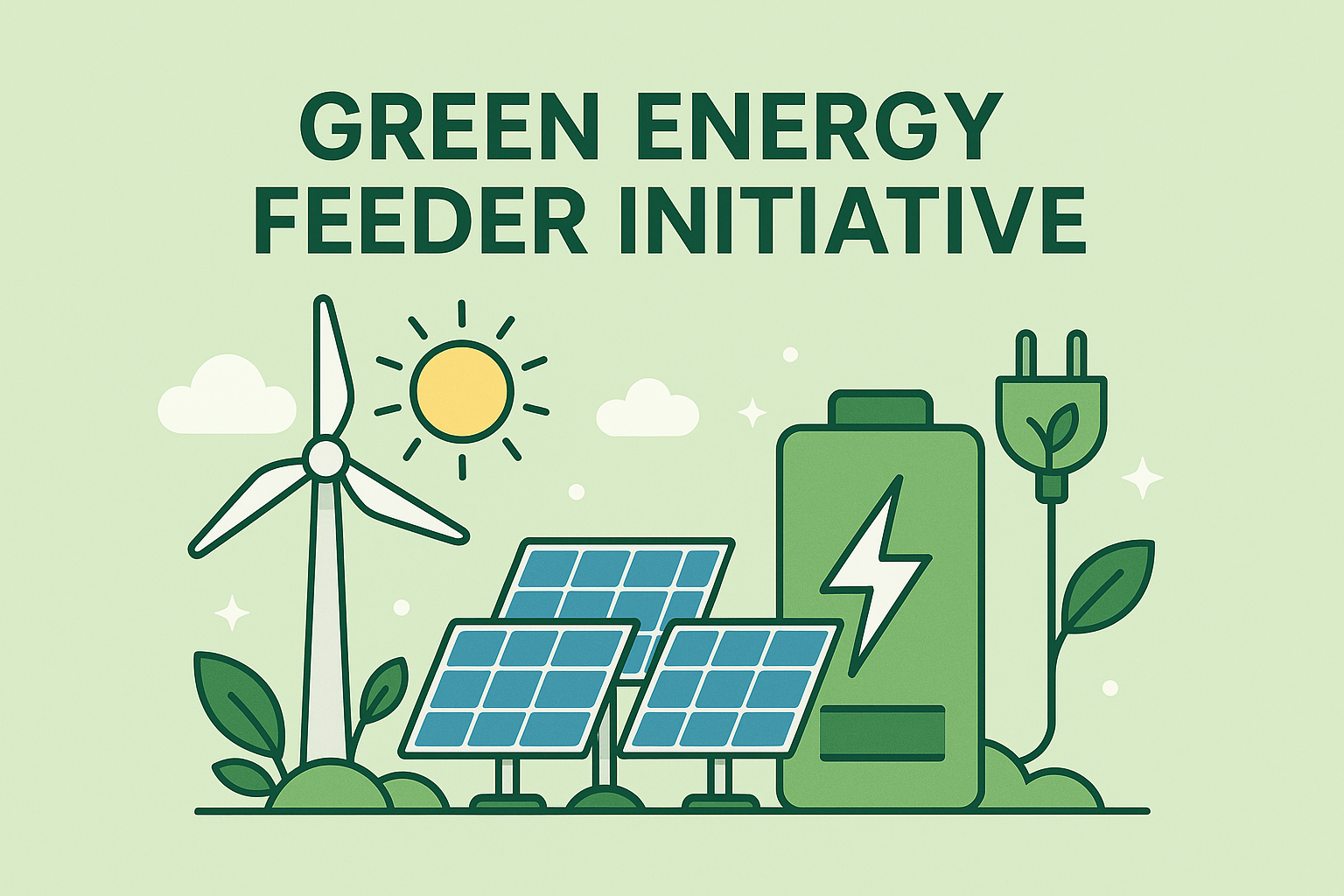In June 2025, IETA released its latest analysis—Evolution of Global Response to EU CBAM—examining how major economies (China, India, the United States, Brazil, and the United Kingdom) are reacting to the EU’s pioneering Carbon Border Adjustment Mechanism. One year into CBAM’s transitional phase, the report reveals a striking shift from cautious observation to proactive policy design: most of these countries are now strengthening or introducing their own carbon pricing schemes, with Emissions Trading Systems (ETS) emerging as the preferred tool.
Why CBAM Matters
- Level Playing Field: By aligning import prices with carbon content, CBAM helps prevent “carbon leakage” and encourages exporters to decarbonize their supply chains.
- Policy Catalyst: It has triggered new ETS designs, carbon levies and border measures in countries from Brasilia to Washington.
- Technical & Fairness Hurdles: Robust MRV systems, well-defined rules on “carbon prices effectively paid,” and recognition of common but differentiated responsibilities (CBDR) remain work in progress.
- Trade Frictions: WTO disputes and diplomatic pushback at UNFCCC highlight the need for careful legal calibration and international dialogue.
Key Findings
- Proactive Carbon Pricing
Beyond merely observing the EU’s move, economies such as Brazil, India, and Türkiye have accelerated the development of domestic ETS frameworks. China is enhancing its national ETS—moving toward an absolute cap and developing sector-specific carbon accounting standards—while India has formalized an intensity-based Carbon Credit Trading Scheme (CCTS) with mandatory targets for nine industrial sectors . - CBAM as a Catalyst
CBAM has already demonstrated its potential to spur global adoption of market-based climate measures. By creating a “level playing field” in trade, it encourages exporters to engage their supply chains in monitoring embedded emissions and drives emerging economies to align with internationally recognized carbon pricing . - Divergent National Responses
- United Kingdom: Confirmed a domestic CBAM to take effect on 1 January 2027, structured as a levy on embedded emissions, and is actively exploring ETS linkage with the EU to secure mutual exemptions .
- Australia: Postponed formal CBAM decisions due to a federal election, yet its revamped Safeguard Mechanism and upcoming Carbon Leakage Review indicate momentum toward a homegrown BCA.
- United States: With no federal ETS in place, the newly proposed “Foreign Pollution Fee Act” in Congress signals emerging interest in a CBAM-style tariff on high-emission imports.
Core Challenges Ahead
While CBAM’s momentum is clear, the report underscores several critical areas requiring careful attention:
- Technical Rule-Setting
Effective default values, robust monitoring-reporting-verification (MRV) systems, and streamlined reporting are essential for CBAM to genuinely protect industries without imposing undue burdens on trading partners . - Fairness and CBDR
The EU’s method for recognizing carbon prices “effectively” paid in third countries remains under development. Balancing common but differentiated responsibilities (CBDR) with the need for environmental integrity will be vital to maintaining trust among developing economies. - Legal and Diplomatic Frictions
Formal WTO disputes—most notably Russia’s request for consultations—and renewed calls at UNFCCC forums reflect growing resistance to unilateral trade measures. How CBAM is perceived under international trade law (environmental protection versus discriminatory barrier) will shape its long-term viability.
A Proliferating “Carbon Border Jungle”
As the UK, Australia, and potentially the US chart their own BCA paths, the risk of a fragmented regulatory landscape looms large. Without common MRV standards or mutual recognition agreements, companies could face overlapping compliance obligations and inconsistent methodologies. IETA advocates for coordinated “carbon clubs” and bilateral or regional linkages—such as the planned EU-UK ETS connection—to ease this complexity and foster greater predictability .
Looking Ahead: The Future of #CBAM
With CBAM’s definitive phase starting in January 2026, 2025 is shaping up as a year of policy fine-tuning and legislative groundwork:
- Scope Expansion: The European Commission is preparing proposals to extend CBAM to downstream goods, transport emissions, and new sectors, alongside anti-circumvention measures.
- Interoperability Efforts: Multilateral forums (WTO, UNFCCC) and regional agreements (EU-UK partnership) will be key arenas for negotiating common frameworks.
- Global Dialogue: At next week’s Asia Climate Summit in Bangkok, stakeholders will debate how CBAM can best align with Article 6 market instruments and uphold fairness for developing economies.
As the world watches the roll-out of these measures, one thing is certain: CBAM catalyzes an unprecedented wave of carbon pricing innovation. The question now is not if CBAM-style policies will spread, but how harmonized and equitable they can become.
Read the complete report from here.














